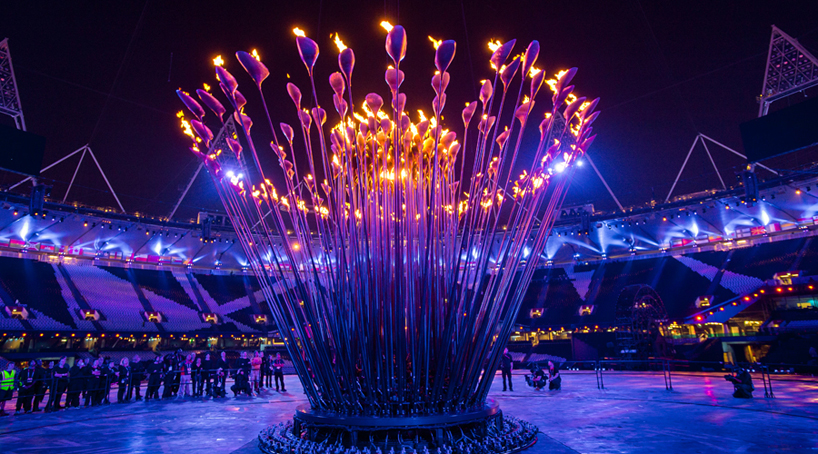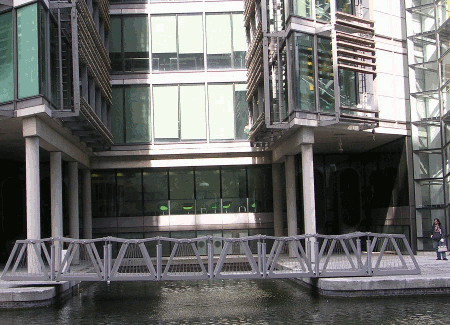Ron Arad is
an industrial designer, artist and an architect. The Rover chair kickstarted
his career as a designer. This chair, which was made in 1981, is the coming
together of two readymades. The postmodernist design combines a Rover P6 car
seat and a hollow structural tubing frame from a Klee Klamp milking stall.
Furniture
maker Joe Hall visited Ron Arad in his Covent Garden shop in the 1980s.
Together they made more chairs that sold for around three times the production
cost (£99 each). Since 1981 hundreds of chairs have been made and some have sold
for thousands at auctions.
I like this
chair as it is simple and still looks like a car seat. I like how each seat is
unique as because they are second hand so they all have different wear and
tear. I think this adds to the appearance of the seat. The unusual shape of the
milking stall gives the chair a look that isn’t traditional but because it is used
with a normal shaped seat means it is still obvious what it is meant to be.
Another thing that I like about this chair is that it uses materials found in
scrap yards that would otherwise just rot away.
Some of Ron Arad’s most notable
designs include the Bauhaus Museum in Tel Aviv, The Design Museum in Holon
(what he designed with Bruno Asa) and The Big Easy Chair made out of Chrome.



His work has
been described as “scary” because of its “macho concrete and cut metal; tense
sheets of tempered steel and guillotine edges”.



_2011_New_Bus_for_London,_Victoria,_route_38,_27_February_2012.jpg)
